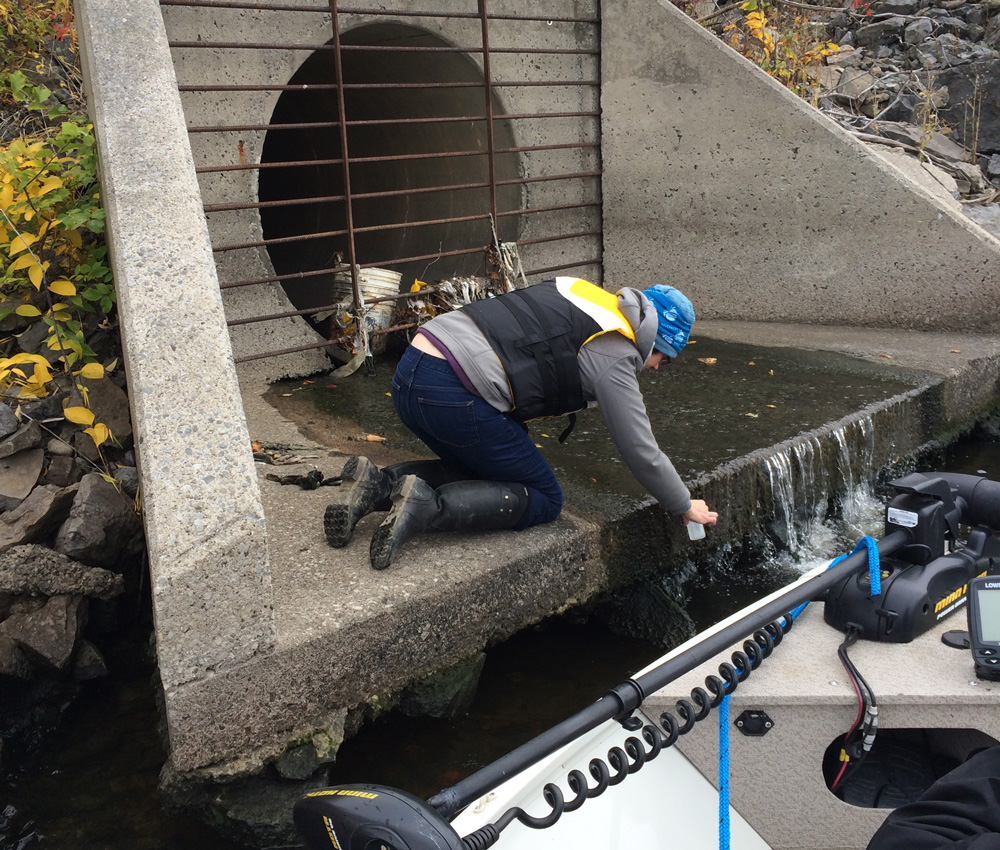Testing the waters with the Riverkeepers
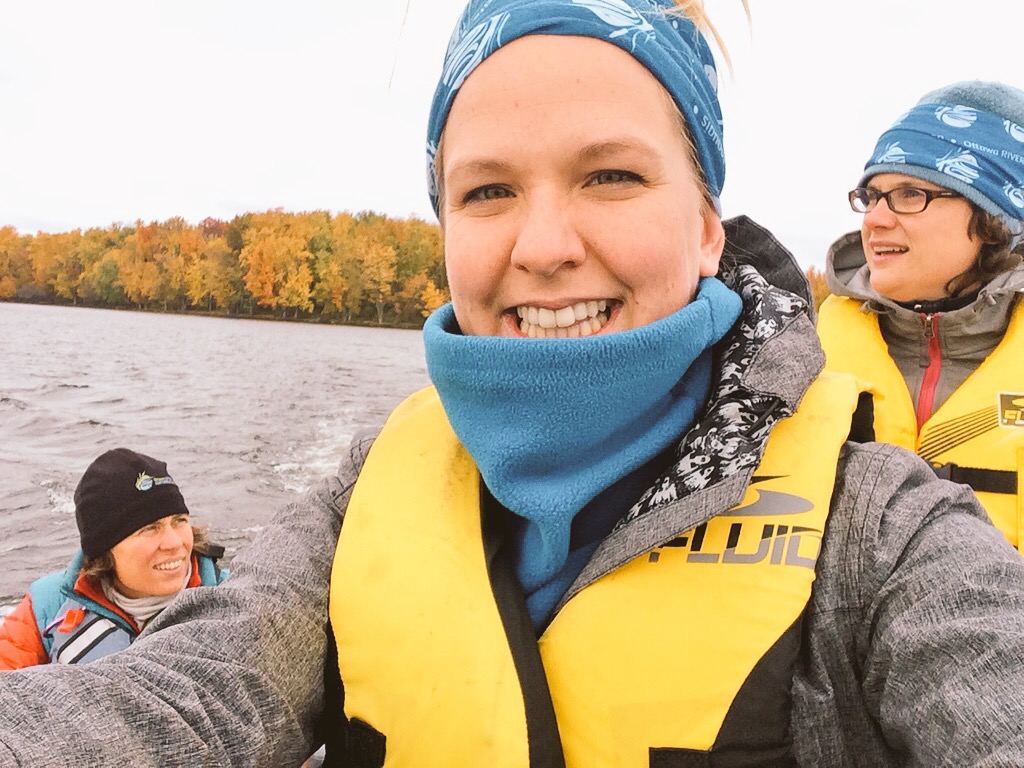
On Wednesday, Meaghan Murphy and Meredith Brown from the Ottawa Riverkeepers took me out with them for one last boat trip. They wanted to help me test the waters and our app (which worked so well!) and then to get interviewed by Rogers Television about a day in the life of the Ottawa Riverkeepers.
Testing the waters
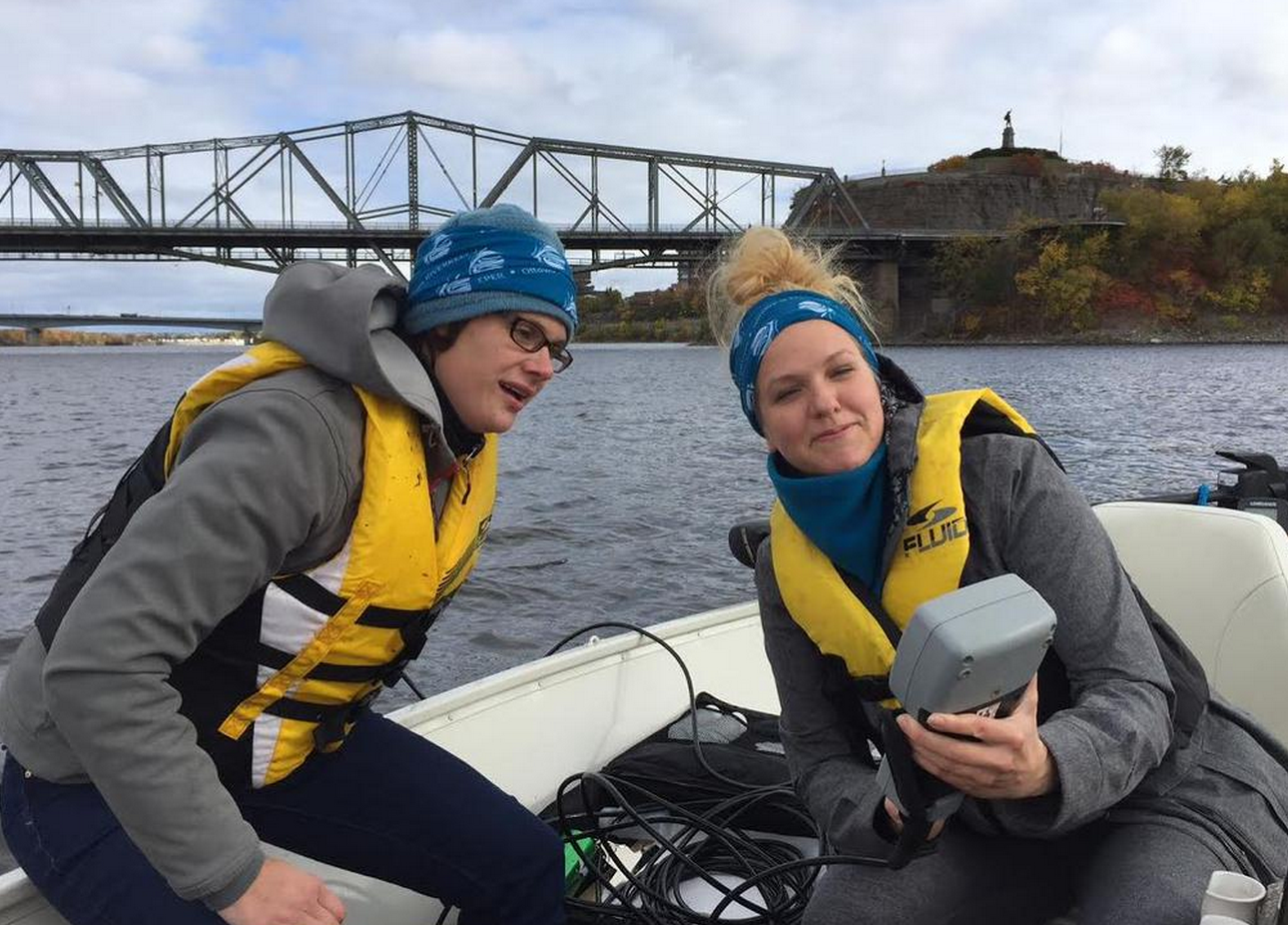
We got the monitoring equipment out, and recorded the data live.
It worked much better:
- Compressing the form made it a pleasure to go through and submit data. It will be the basis for our version 2 form 😀
- Seeing the trends near us and going back to observations we made in August was really fun
- Editing an observation to add details was pretty awesome
- It’s SOOOO much quicker!
We caught a few things too:
- Conductivity wasn’t submitting properly
- When I went back to the map, it automatically showed all of Ottawa when I wanted it to find me
- It’s not easy to see details on the graphs on your phone
- Uploading photos can still be a problem, and sometimes I want to add two photos!
- I wanted to be more specific about the mammal I saw (a doe!)
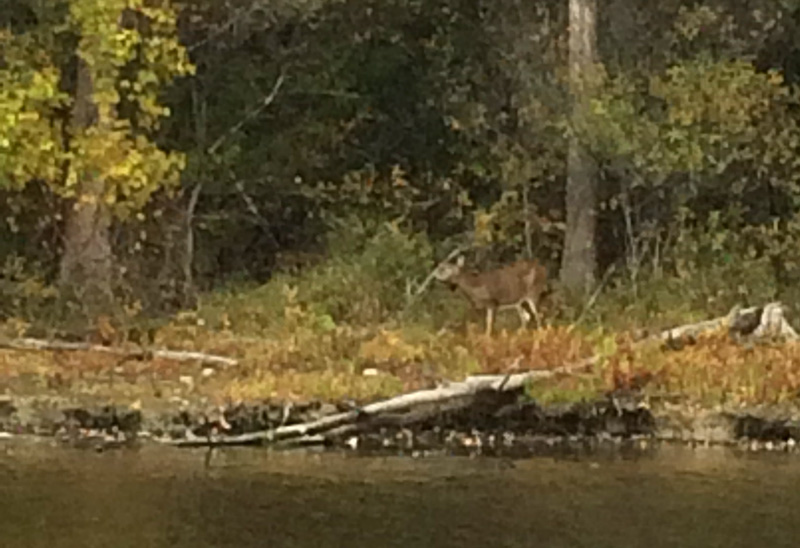
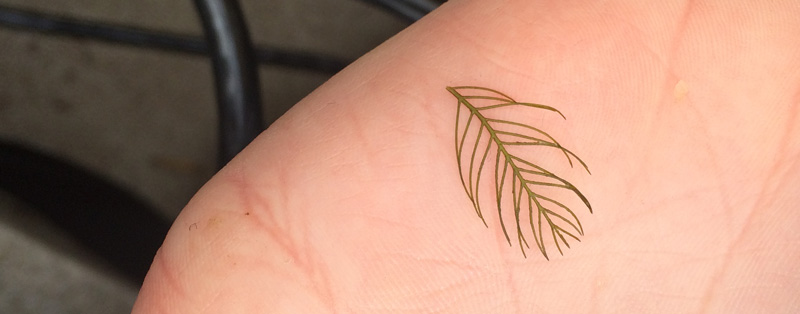
Interviewing the Riverkeeper
Rogers sent a camera guy to do a ‘day in the life’ of the Riverkeeper. I spoke about the tool we’re developing for them, and Meredith spoke about different concerns they have about the river, including sewage overflow, shoreline alterations and their goal to make a drinkable, swimmable, fishable river system. I learned about the great improvements the City of Ottawa is making on the river.
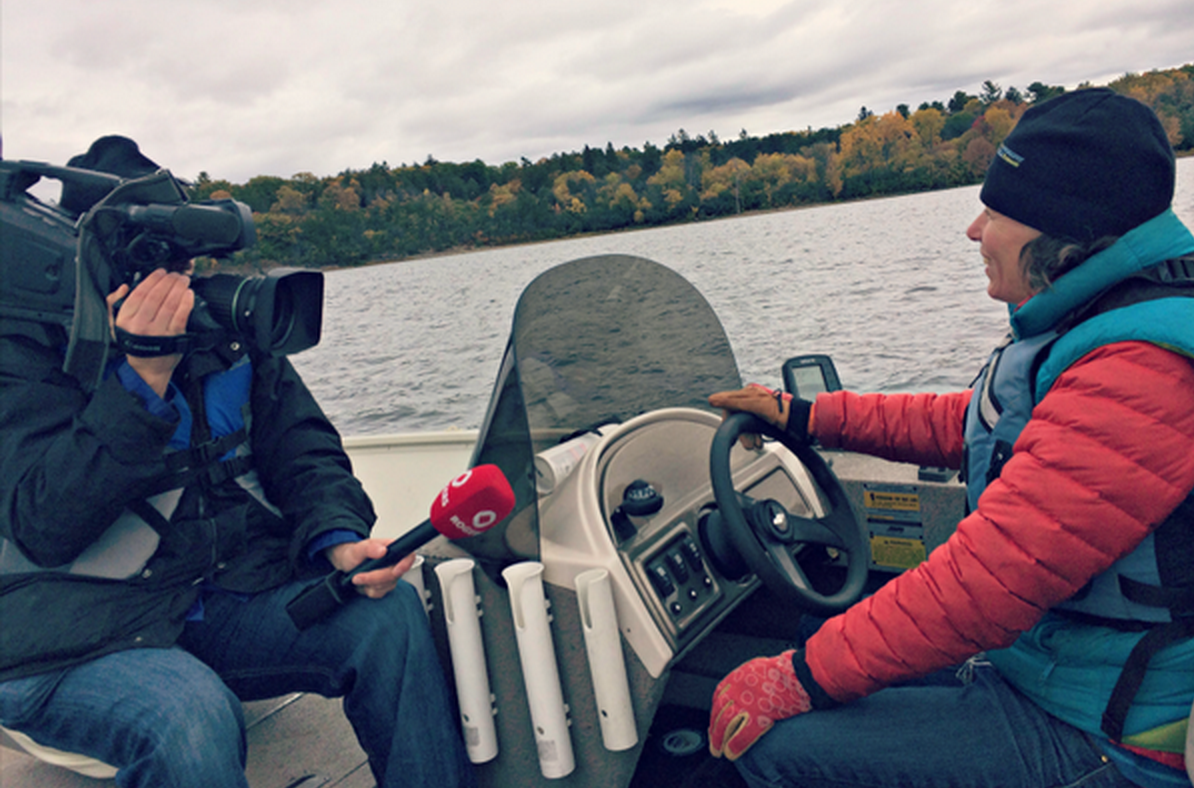
Unusually high conductivity!
We went around and did some more testing. Meaghan and I were checking for nitrates/nitrites too, but the test strips aren’t sensitive enough to pick up any levels, unfortunately. We then went to a storm drain and tested the water there. The conductivity was off the charts (around 1500!). Normal levels should be well below 500 (the normal limit for fish-life), and the main river body was measuring in the 60s, meaning this water was 25 times more conductive. High conductivity could be an indicator of pollution, metals or other materials (although some water is naturally highly conductive). I can’t wait to establish more test sites to determine unusual readings.
